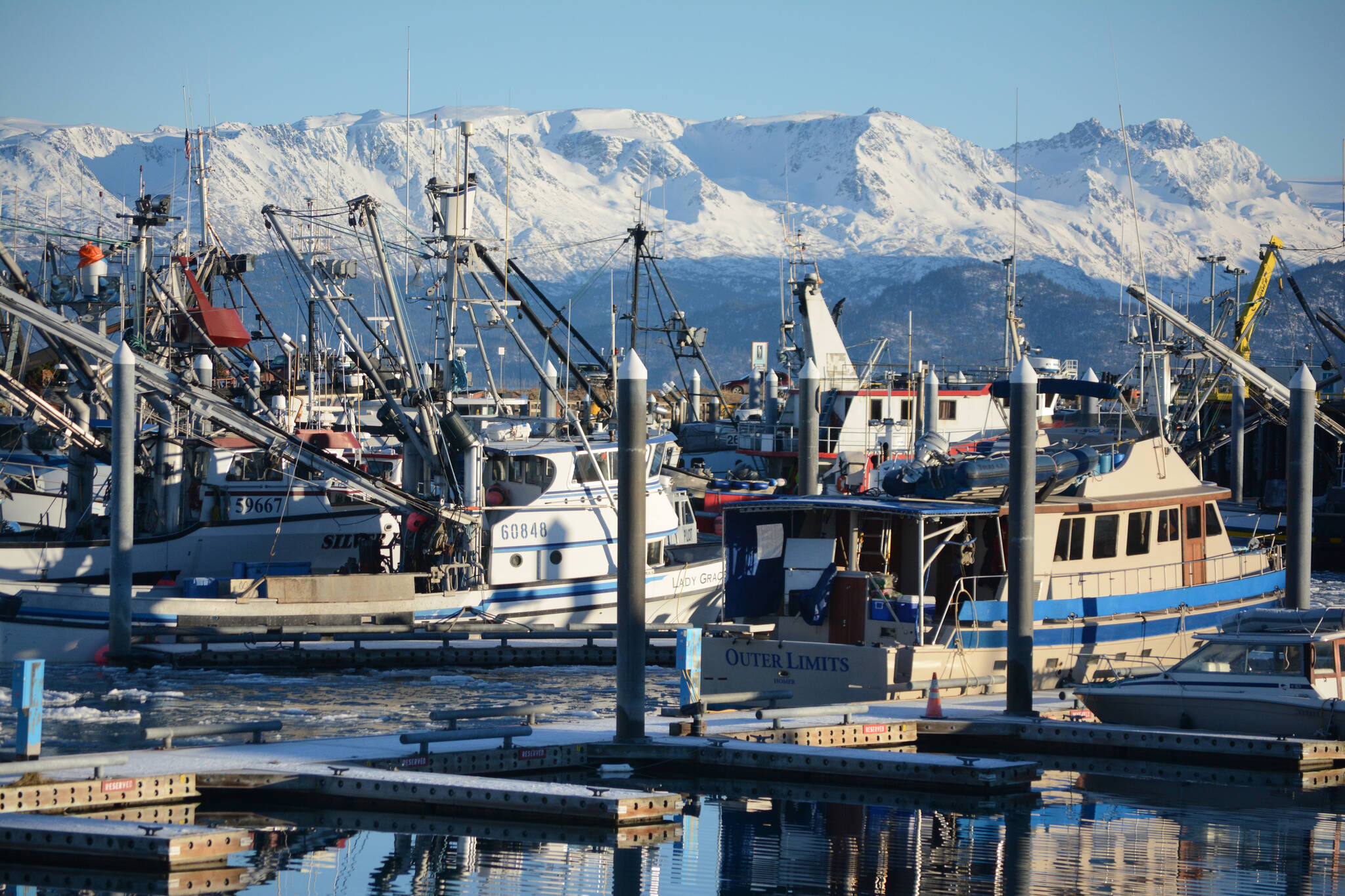The North Pacific Fisheries Management Council met in October to discuss a preliminary review of chum salmon bycatch in the Bering Sea from the federal pollock trawl fleet. No action was taken but the item will be on the December council meeting for further discussion.
The bycatch issue is particularly controversial because subsistence salmon harvest on the Yukon and Kuskokwim rivers have been closed for several years and in the past the rivers have provided the largest subsistence harvests in Alaska.
The lack of action was met with criticism from various organizations from around the state including the Kuskokwim River Inter-Tribal Fish Commission, Salmon State, Alaska Longline Fishermen’s Association and the Bering Sea Fishermen’s Association. At the October meeting, the council received written and oral testimony from more than 50 people, according to the council website.
Alaska pollock is the second largest fishery in the world and the biggest in the United States by volume, according to the National Oceanic and Atmospheric Administration. It’s worth an estimated $1.9 billion, supporting nearly 30,000 U.S. jobs.
Measures taken in the past to reduce bycatch have included trawling closure areas if bycatch limit is reached, establishment of a chum salmon savings area and increased monitoring.
According to the NPFMC website, the preliminary review of management measures at the October meeting included the following alternatives:
A bycatch cap on the total number of chum salmon taken in the pollock fishery. The potential caps range from 200,000 to 550,000 total chum, or about 35,400 to 97,350 coastal western Alaska chum salmon;
Using annual run strength indicators from the Yukon River, Kuskokwim River, and Norton Sound region to trigger various caps;
An annual cap on western Alaska origin chum salmon bycatch (ranging from 40,000 to 53,000 western Alaska chum salmon);
Additional regulatory requirements and management measures for the pollock fleet to avoid bycatch by closing areas in near real-time throughout the season in response to when chum are on the fishing grounds.
According to a press release from the Alaska Longline Fishermen’s Association, more than 50 people from rural Alaska communities and tribal government representatives testified before the council. These people and many other organizations in the state backed a proposal study to cap bycatch from zero to 280,000 chum annually. That amendment was rejected by the council advisory panel.
David Bayes, Homer charter boat operator with DeepStrike Sportfishing, is a member of the Alaska Longline Fisherman’s Association.
He has been on the board of the Alaska Charter Association and is currently on the board of the Homer Charter Association.
As a member of those boards, he said he is aware of the variations in how bycatch, halibut and salmon is limited and monitored in various regions in both the Gulf of Alaska and the Bering Sea.
Bayes said the issue of salmon bycatch in the pollock fishery has been a political issue for several years.
Alaskans in western Alaska who have relied on subsistence opportunities to harvest salmon on the Yukon and Kuskokwim rivers have not been able to fish because of record chum crashes.
“The sentiment in the local communities, and really across the state, is that if we have no salmon available for subsistence, the factory boats should not be allowed to take any, either,” Bayes said.
According to the Alaska Department of Fish and Game website, the majority of the communities in the region of these rivers, the two largest in the state of Alaska, are village communities.
Typically, “large numbers of salmon are taken for subsistence and subsistence harvests can equal or surpass the numbers of fish harvested in commercial fisheries, especially Chinook salmon,” according to the website. However, the subsistence chinook and chum salmon subsistence fisheries on the rivers have been closed for the past four years.
An amendment previously under consideration by the NPFMC was a bycatch cap with more strict limitations from zero to 280,000 chum annually was rejected.
According to a newsletter report from NOAA Fisheries and the Alaska Fisheries Science Center, other factors such as climate change and disease also contribute to declining salmon in the Yukon and Kuskokwim rivers.
Many organizations such as the Alaska Longline Fishermen’s Association, the Kuskokwim River Inter-Tribal Fish Commission and Alaska Native Corporations argue that bycatch control is one of the true management tools available to help restore subsistence harvest in the rivers.


